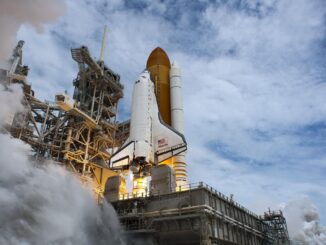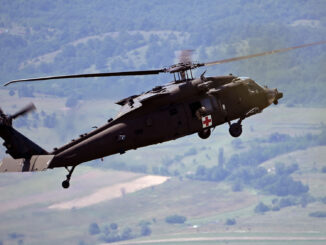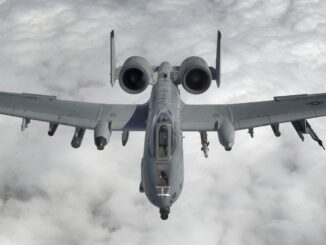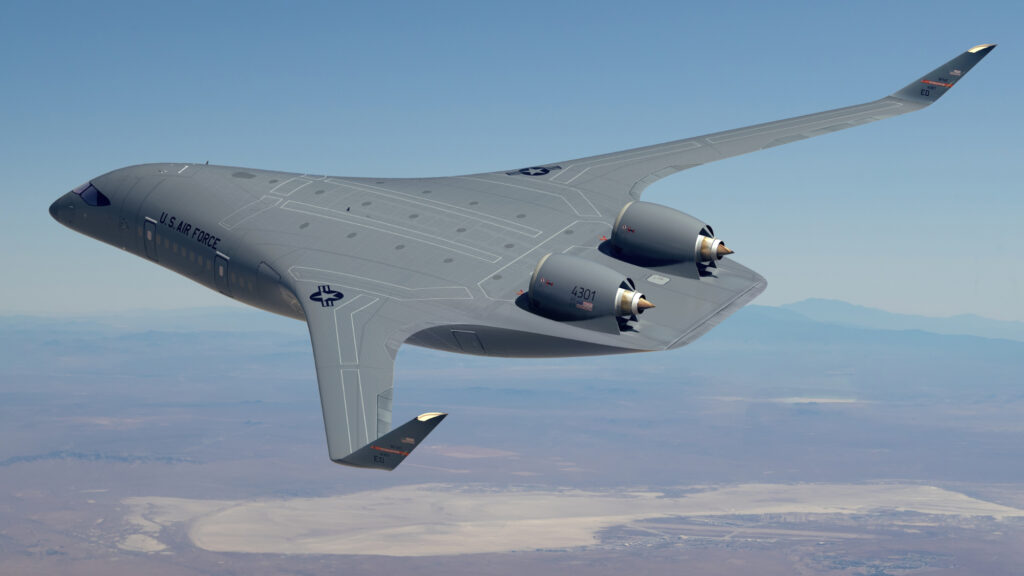 On 16th August 2023, the United States Air Force announced on its website that JetZero Inc. has been selected by the Department of the Air Force for the next phase of a blended wing body (BWB) prototype aircraft project.
On 16th August 2023, the United States Air Force announced on its website that JetZero Inc. has been selected by the Department of the Air Force for the next phase of a blended wing body (BWB) prototype aircraft project.
The goal of the project is to develop a blended wing body aircraft and demonstrate its capabilities. That would open new possibilities for future aircraft development not only for military, but also for civil aviation industry.
What distinguishes the blended wing body aircraft from an aeroplane of conventional design is the way its fuselage merges into a high-aspect-ratio wing. Such design not only reduces the aerodynamic drag of the aeroplane by at least 30% but, at the same time, increases its lift. This, in turn, would provide greater range and longer loitering time of such an aircraft, at the same time increasing its payload capability.
Another aspect is jet fuel consumption – in the USAF, transport aviation is responsible for around 60% of its annual usage. And the BWB aircraft technology, which offers several military transport configurations, would also allow these percentages to be reduced.
‘Blended wing body aircraft have the potential to significantly reduce fuel demand and increase global reach. Moving forces and cargo quickly, efficiently, and over long distance is a critical capability to enable national security strategy.’ – said Secretary of the United States Air Force, Frank Kendall.
According to the Fiscal Year 2023 National Defence Authorisation Act, to boost the development of the blended wing body technology, the US Department of Defence plans to allocate as much as 235 million USD, additionally expecting private sector investment support.

‘It’s been a little over a hundred years since a few brave Airmen took to the skies and proved the first aerial refuelling capability, extending the global reach of our Air Force. This announcement marks another game-changing milestone for the Air Force in our efforts to maintain the advantage of airpower effectiveness against any future competitors’ – said Dr. Ravi Chaudhary, assistant secretary of the Air Force for Energy, Installations, and Environment. Chaudhary is a former C-17 Globemaster III pilot and engineer, currently being in the lead of operational energy efficiency improvements to provide greater agility for theatre commanders.
Although the concept of the blended wing body aircraft, also known as lifting aerofoil fuselage, was born as early as the 1920s, only the latest advances in design, manufacturing and many other technology areas have made production of this type of aircraft on a larger scale feasible.
Similar benefits of the BWB aeroplane would also accrue to civil aviation, particularly passenger and cargo airlines. The technology would allow them to operate on longer routes, increase passenger or cargo space, at the same time cutting operational fuel costs by reducing fuel consumption.
The Air Force Operational Energy Office expects initial flight tests of the BWB technology aircraft to be completed as early as 2027.
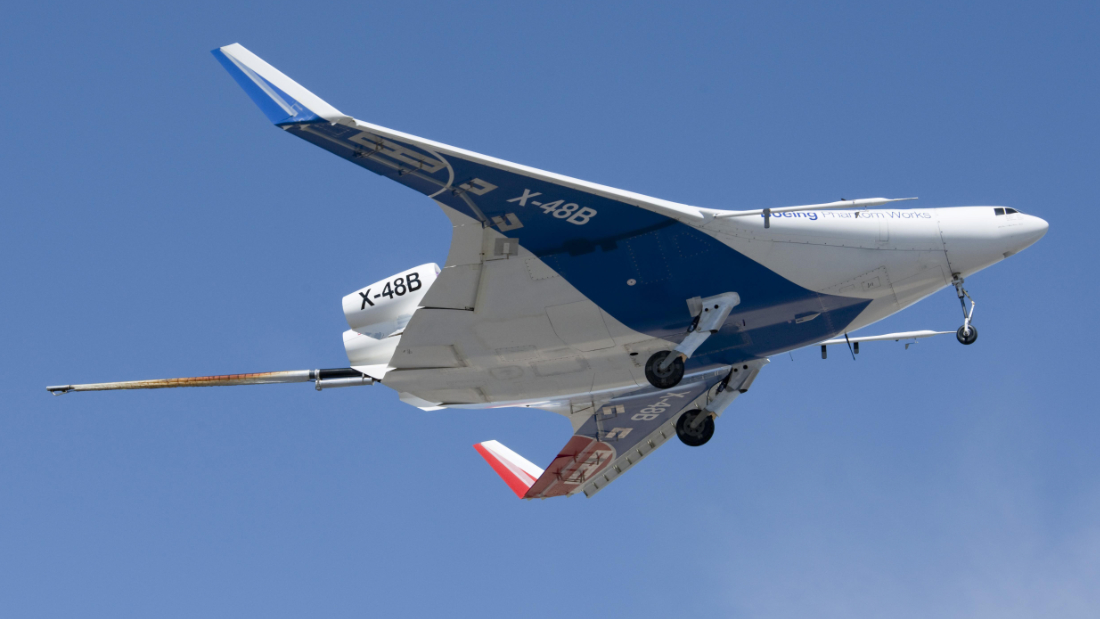
Cover photo: a rendering of the blended wing body prototype aircraft (USAF graphic, Public Domain). Cover photo © U.S. Department of Defence (DoD). photo 1 and 2 © NASA. DoD information materials were used, in compliance with Public Domain licence. The appearance of U.S. Department of Defense (DoD) visual information does not imply or constitute DoD endorsement.

